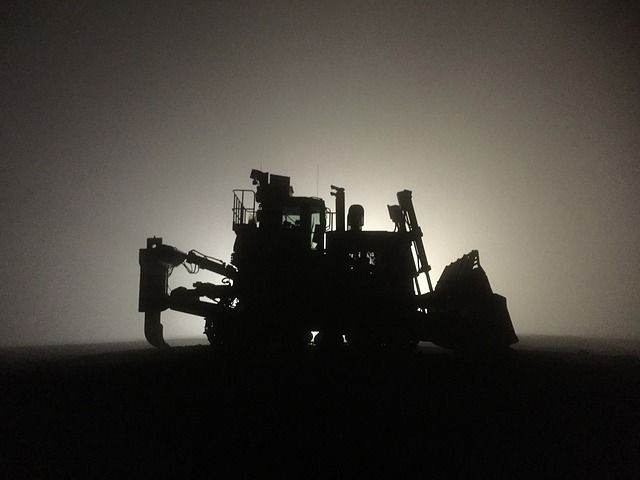Prevent Hearing Loss, Even While At Work; CDC Says Mining And Construction Work Are Hardest On Ear Health

A new Centers for Disease for Disease Control and Prevention (CDC) report published Thursday highlights the not-so-silent dangers of working at a loud job.
Since hearing loss is the most common type of work-related injury in the United States, the authors wanted to determine how often it occurred across nine industry sectors known for their noisy work environments. The list included public safety and law enforcement, mining, and manufacturing work. They analyzed the hearing tests of nearly 1.5 million employees from 2003-2012, and also calculated how many healthy years of life were lost due to hearing-related disability.
In total, 13 percent of workers experienced some degree of hearing loss. The largest percentage of hearing-impaired employees was seen in the mining industry at 17 percent; followed closely by those in construction at 16 percent. It was the smallest in the public safety sector, at 7 percent. With everything taken into account, the authors estimated that 2.5 healthy years were lost annually per every 1,000 workers due to hearing loss. The majority of this disability came from mild to moderate hearing loss.
"Industry results highlight the high prevalence of hearing loss within the noise-exposed working population and the need for continued prevention efforts, especially in the mining, construction, and manufacturing sectors," they wrote.
The authors used data from an earlier survey conducted by the National Institute for Occupational Safety and Health — the Occupational Hearing Loss Surveillance Project. While this method allowed them to look at a large sample size of employees, it might also mean their findings underestimate how dangerous to our hearing these jobs could be, the authors noted. The workers recruited for the project were simply those who agreed to participate, rather than a representative slice of U.S. noise-exposed workers. Secondly, the formulas they used to determine hearing impairment and its impact on productivity were conservative, which might have further driven down their numbers.
What is certain is that employers could be doing a lot more to protect their workers. Although construction workers were the most likely to be hearing-impaired after miners, the industry doesn’t require routine testing as with the latter, which might delay or prevent employees from receiving the early care they need. Likewise, while only a third of manufacturing workers are regularly exposed to noise — compared to 76 percent of miners — the industry has many more total workers than either construction or mining, according to the authors. Indeed, 66 percent of those who had hearing loss in the study worked in manufacturing. As the authors noted, even a mild amount of hearing loss can have dramatic effects on our physical and mental health.
“Occupational hearing loss is a permanent but entirely preventable condition with today's hearing loss prevention strategies and technology,” they concluded. “Concurrent with prevention efforts, early detection of hearing loss by consistent annual audiometric testing, and intervention to preclude further loss (e.g., refitting hearing protection, training), are critical.”
For those worried whether their work environment might be too loud and wondering what they can do to protect themselves, check out our earlier look at some of the noisiest jobs around.
Source: Masterson EA, Bushnell PT, Themann CL, Morata TC. Hearing Impairment Among Noise-Exposed Workers — United States, 2003–2012. Morbidity and Mortal Weekly Report. 2016



























